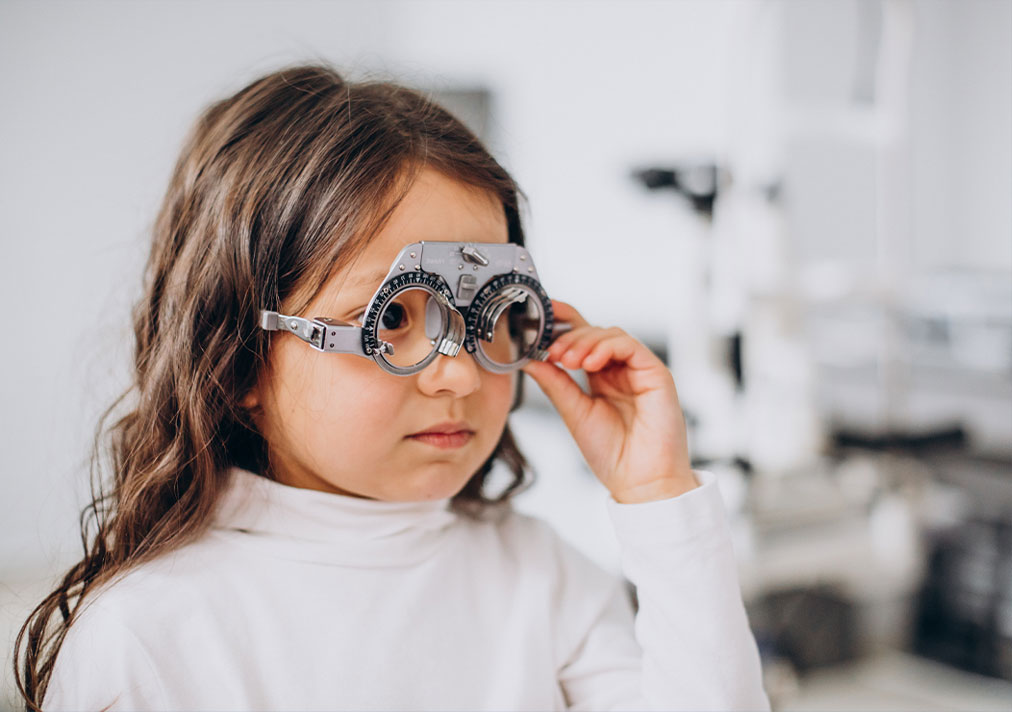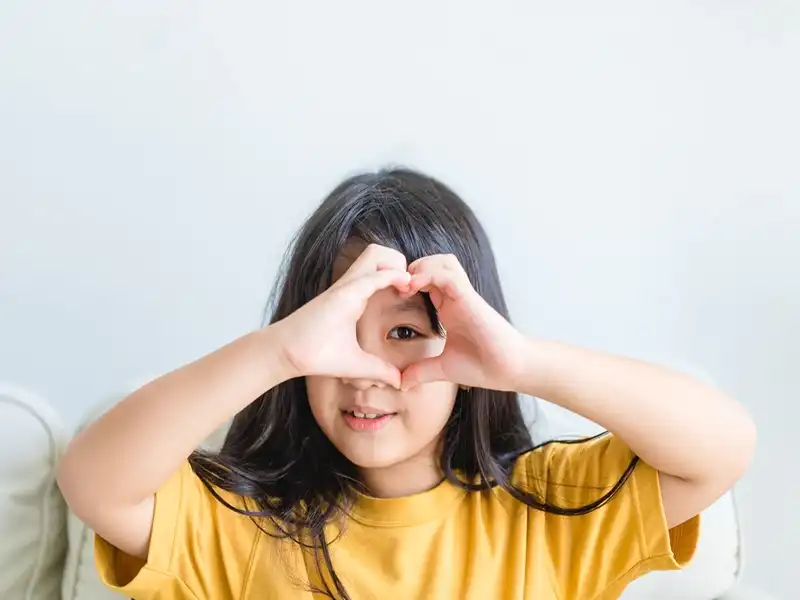Every parent wants their child to thrive and succeed in life, and ensuring good eye health is a crucial part of that journey. Children rely on clear vision to learn, play, and explore the world around them. Yet, many eye conditions can go unnoticed without proper attention. In this blog, we’ll delve into the importance of children’s eye health, common eye problems they may face, and how early detection and treatment can pave the way for a bright future.
Understanding Pediatric Eye Problems:
Children can experience various eye issues that, if left untreated, may hinder their development and academic performance. Some of the most common problems include:
Lazy Eye (Amblyopia):
This condition occurs when one eye has weaker vision than the other, often due to misalignment or a significant difference in refractive error between the eyes.
Crossed Eyes (Strabismus):
Strabismus is characterized by misaligned eyes, where one or both eyes may turn inward, outward, upward, or downward.
Refractive Errors:
These include nearsightedness (myopia), farsightedness (hyperopia), and astigmatism, which can cause blurry vision at various distances.
Signs to Watch For:
As parents or caregivers, being vigilant about signs of potential eye problems in children is crucial. Look out for:
- Squinting or frequent rubbing of the eyes
- Complaints of headaches or eye strain, especially during activities like reading or watching TV
- Holding objects very close to the face or sitting too close to screens
- Difficulty with eye-hand coordination tasks or sports Noticeable misalignment of the eyes
Early Detection and Treatment:
The key to addressing pediatric eye problems effectively lies in early detection and intervention. Regular eye exams are essential, with the American Optometric Association recommending the first comprehensive eye assessment at six months of age, followed by subsequent exams at ages three and five, and annually thereafter. These exams can detect issues early on, allowing for timely intervention to prevent further complications.
Taking Action for Healthy Vision:
- In addition to regular eye check-ups, there are steps parents can take to promote their child’s eye health:
- Encourage outdoor play: Spending time outdoors has been linked to reduced risks of myopia development.
- Limit screen time: Set reasonable limits on digital device use and encourage breaks to reduce eye strain.
- Provide proper lighting: Ensure adequate lighting in study areas and encourage good reading posture.
- Lead by example: Let your child see you prioritize eye health by wearing sunglasses outdoors and getting regular eye check-ups.
Conclusion:
Investing in children’s eye health is investing in their future success and well-being. By staying informed, vigilant, and proactive, parents can help safeguard their child’s vision and pave the way for a bright and promising future. Remember, early detection and treatment are key, so don’t hesitate to schedule that next eye exam for your little one—it could make all the difference in the world.




